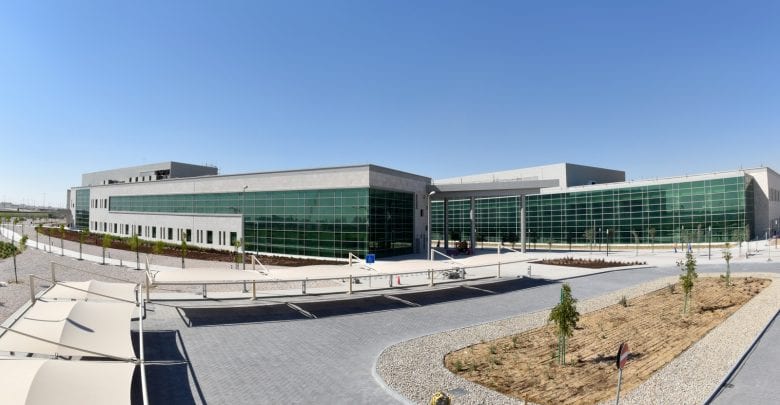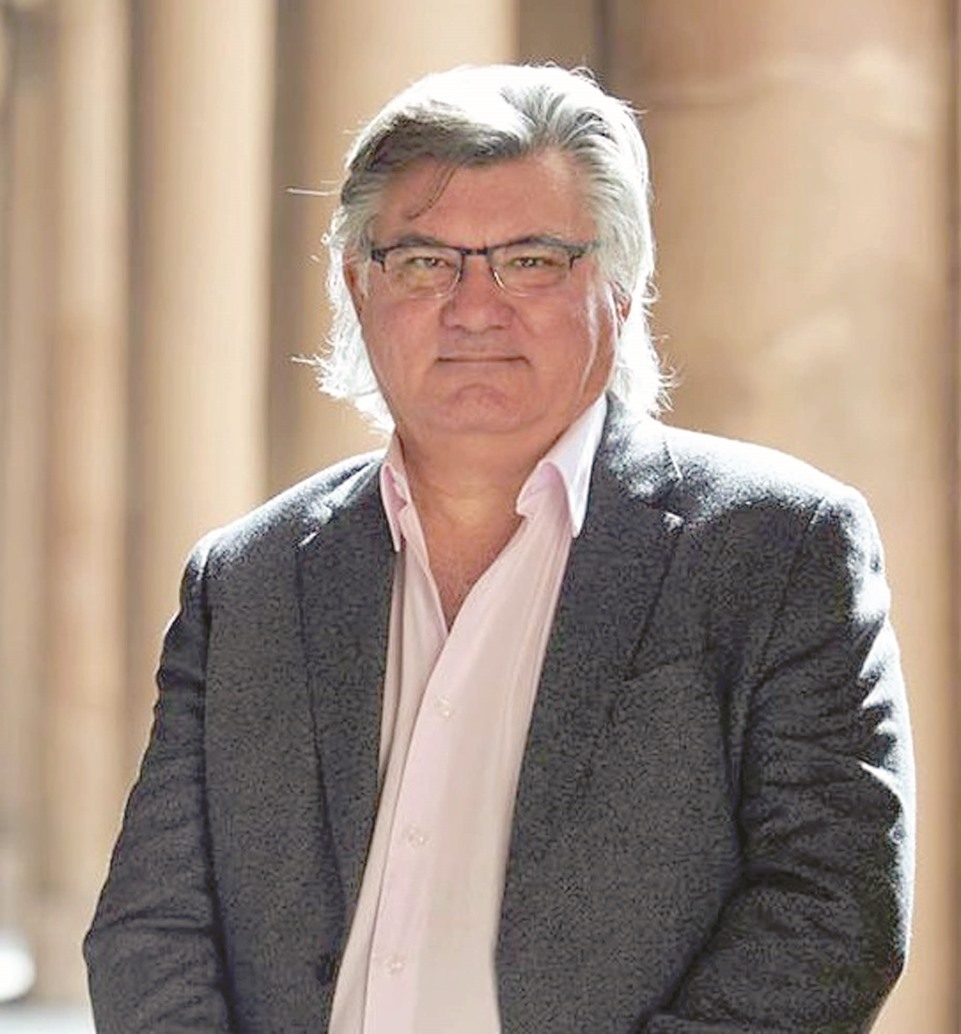
HBKU to host lectures on Islamic architecture
جامعة حمد تعقد سلسلة محاضرات عن العمارة الإسلامية
DOHA: The College of Islamic Studies (CIS) at Hamad Bin Khalifa University (HBKU) will host a series of lectures on Islamic art and architecture during April.
A collaboration with the Museum of Islamic Art (MIA) was first initiated in October 2018, during which MIA hosted the inaugural edition of its ongoing lecture series by Dr M Tarek Swelim (pictured), Programme Coordinator for the Master of Science in Islamic Art, Architecture and Urbanism at HBKU. It was titled ‘A Survey of Islamic Art and Architecture.’
The second edition, which is a two-part series and takes place this month, will explore Islamic architecture with specific emphasis on the Gulf region.
On April 10, Dr Remah Gharib, Assistant Professor of Urban Design and Architecture, will deliver a lecture on “The Loss of the Courtyard House”. Since the mid-19th Century, the Middle East and North African region has been exposed to various global urban and architectural trends. The lecture explains how these trends have led to transformations in the design of homes in the MENA region, leaving behind its norms, traditional crafts, and identity unguarded. Dr. Gharib will explore how these architectural values can be revived in current urban environments.
Dr Ali Abdul Raouf, Professor of Architecture and Urbanism, will explore “The Predicament of Building Mosques: Do We Need Mosques in Modern Cities?” on April 15 at CIS.
The lecture will assess the interaction between mosques and their cultural, social, and urban significance in Eastern and Western cultures. Dr Raouf will also discuss the “mosquephobia,” or “fear of mosques”, terms which are used to describe the reaction of groups contesting the design and construction of contemporary mosques, particularly in a Western context.
Dr Swelim will share his expertise on April 21, in his lecture titled “The Arabesque in Cairo’s Islamic Architecture”. He will shed light on the birth and growth of ‘arabesque’ design in Islamic architecture in Egypt. It will further see the arabesque in the context of different styles of decorations, from the Tulunid period, to the Ikhshidid, Fatimid, Ayyubid, Mamluk, and early Ottoman periods. Commenting on the lecture, Dr Swelim said, “By examining how Islam has complimented the art and architecture of the Byzantine and Sasanian empires, we are able to uncover important historical insights, and examine how these new architectural features are being interpreted in the context of the current and historical landscapes.”
All lectures will be delivered in English with simultaneous Arabic interpreting. Lectures that are led by CIS will be held at Minaretein (College of Islamic Studies building) in Education City. More information can be found at cis.hbku.edu.qa.
تستضيف كلية الدراسات الإسلامية في جامعة حمد بن خليفة، طوال شهر أبريل الحالي، سلسلة محاضرات تتناول العمارة والفن الإسلامي. وقد بدأ التعاون مع متحف الفن الإسلامي من خلال سلسلة المحاضرات التي انطلقت خلال شهر أكتوبر الماضي، عندما استضاف المتحف النسخة الأولى من هذه المحاضرات التي عُقدت تحت عنوان «استقصاء الفن والعمارة الإسلامية» وقدَّمها الدكتور طارق سويلم، منسق برنامج ماجستير العلوم في الفن والعمارة الإسلامية بكلية الدراسات الإسلامية. وتستكشف المحاضرة المقبلة من السلسلة نفسها، التي تعقد هذا الشهر وتتكون من جزئين، العمارة الإسلامية مع التركيز بشكل خاص على العمارة في منطقة الخليج.
ويُلقي الدكتور رماح غريب -الأستاذ المساعد في التصميم الحضري والهندسة المعمارية بكلية الدراسات الإسلامية- محاضرة بتاريخ 10 أبريل حول «خسارة فناء المنازل»؛ حيث تتعرض منطقة الشرق الأوسط وشمال إفريقيا لتغيّرات حضرية ومعمارية مختلفة منذ منتصف القرن التاسع عشر. وتتناول المحاضرة كيف أدت هذه التأثيرات إلى تحولات في تصميم المنازل بالمنطقة المذكورة، وكيف أثرت هذه التحولات على التصميمات التقليدية، وهو ما عرَّض هويتها للخطر. ويستكشف الدكتور غريب كيفية إحياء هذه القيم المعمارية في البيئات الحضرية الحالية. ويعود الدكتور غريب إلى متحف الفن الإسلامي بتاريخ 17 أبريل لإلقاء محاضرة عن العمارة في منطقة الخليج، التي ستستكشف بشكل متعمق تاريخ العمارة الإسلامية وتطورها في منطقة دول مجلس التعاون الخليجي.
ويُلقي الدكتور علي عبدالرؤوف -أستاذ العمارة والعمران بكلية الدراسات الإسلامية- بتاريخ 15 أبريل، محاضرة بعنوان «معضلة بناء المساجد: هل نحتاج إلى مساجد في المدن الحديثة؟».
وستُقيِّم المحاضرة التفاعل بين المساجد وأهميتها الثقافية والاجتماعية والحضرية في الثقافات الشرقية والغربية.
وسيسلط الدكتور طارق سويلم الضوء على بدايات فن الأرابيسك، خلال محاضرة بعنوان «الأرابيسك في العمارة الإسلامية بالقاهرة»، يوم 21 أبريل. وستُبرز المحاضرة تصميم «الأرابيسك» في العمارة الإسلامية في القاهرة، بالإضافة إلى أنماط الديكور المختلفة من حقبة الدولة الطولونية، مروراً بالدولة الإخشيدية، والفاطمية، والأيوبية، ودولة المماليك، وبدايات حقبة الدولة العثمانية.
وقال الدكتور سويلم: «تساهم دراسة كيفية تأثير الإسلام على العمارة من الإمبراطوريتين البيزنطية والساسانية، في مساعدتنا على الكشف عن رؤى تاريخية مهمة، واستكشاف كيفية تفسير هذه المعالم المعمارية الجديدة من المنظورين العصري والتاريخي».




